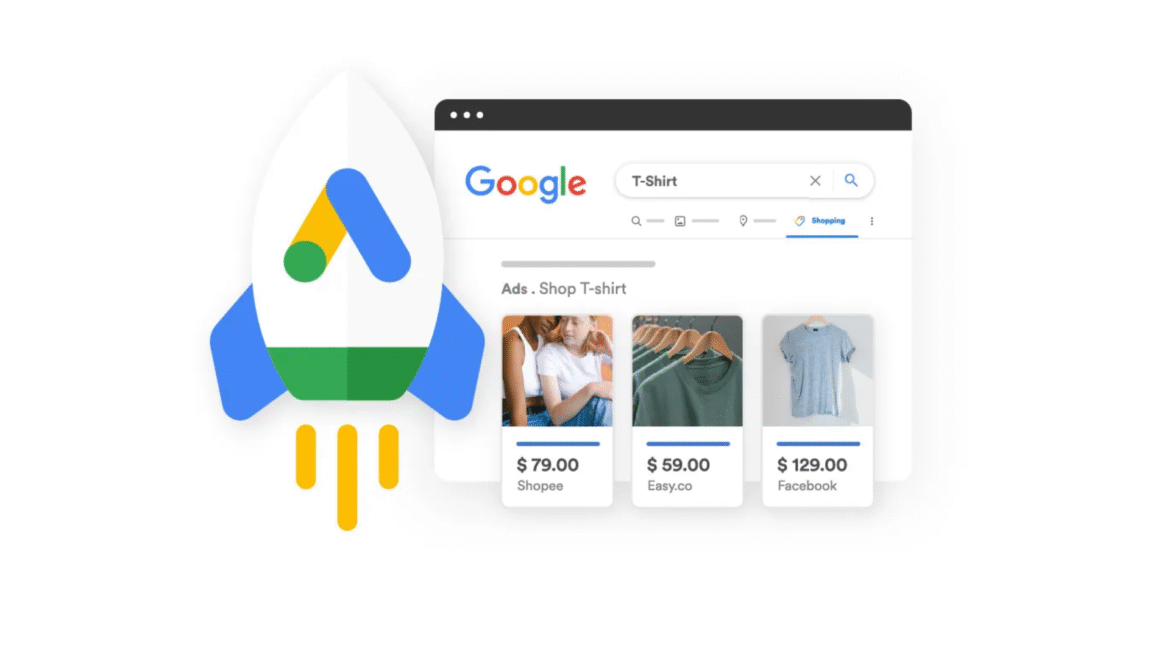Why PPC KPIs Will Be More Crucial In 2025
The digital advertising landscape is evolving rapidly. With advancements in AI, automated bidding, and stricter privacy regulations, marketers need sharper insights to stay competitive. Gone are the days of relying on superficial metrics like clicks or impressions. In 2025, success hinges on tracking PPC KPIs that tie directly to revenue, customer behavior, and long-term growth. Let’s dive into the 8 metrics that will define smarter, results-driven campaigns this year.
1. Conversion Rate (CR)
Turning Clicks into Customers
Your Conversion Rate measures the percentage of users who complete a desired action like buying a product or signing up for a newsletter after clicking your ad. While traffic is great, conversions are what fuel business growth. A low CR often signals misalignment between your ad messaging, landing page experience, or audience targeting.
How to Boost CR in 2025
- Test multiple ad creatives and landing page layouts using A/B testing.
- Simplify forms and CTAs (e.g., “Get Started Now” vs. “Submit”).
- Ensure mobile optimization slow or clunky pages kill conversions.
2. Return on Ad Spend (ROAS)
Maximizing Profitability
ROAS reveals how much revenue you generate for every dollar spent on ads. In an era of rising ad costs, this metric is critical for budget allocation. A ROAS of 4:1, for example, means $4 earned for every $1 spent.
Pro Tips for Higher ROAS
- Focus on high-performing keywords and audiences using AI-driven insights.
- Align ad copy with landing page promises to reduce bounce rates.
- Use seasonal bid adjustments to capitalize on peak buying times.
3. Cost Per Acquisition (CPA)
Balancing Efficiency and Growth
CPA calculates the average cost to acquire a customer. While lower CPAs are ideal, don’t sacrifice lead quality. For instance, a higher CPA might be justified for luxury goods with larger profit margins.
Reducing CPA Without Compromising Quality
- Exclude irrelevant searches with negative keywords (e.g., “free” or “cheap”).
- Retarget users who abandoned carts or browsed product pages.
- Experiment with long-tail keywords for lower competition and higher intent.
4. Click-Through Rate (CTR)
Capturing Attention in a Crowded Market
Your CTR reflects how compelling your ads are. A higher CTR not only boosts visibility but also improves your Quality Score, lowering costs over time.
CTR Optimization Strategies
- Use urgency-driven language like “Limited Stock” or “24-Hour Sale.”
- Add ad extensions (sitelinks, call buttons) to provide extra value.
- Segment audiences to deliver hyper-relevant messaging (e.g., geographic offers).
5. Quality Score
The Secret to Lower Costs and Better Placements
Google’s Quality Score grades your ads on relevance, CTR, and landing page experience. A higher score (7+) can slash CPCs and secure top ad spots.
Ways to Elevate Quality Score
- Group tightly themed keywords into specific ad groups.
- Ensure landing pages directly address the ad’s promise (no bait-and-switch!).
- Regularly prune underperforming keywords dragging down your score.
6. Time to Conversion
Navigating Longer Buyer Journeys
Not all conversions happen instantly. Time to Conversion tracks how long users take to convert after clicking your ad. Understanding this helps tailor retargeting efforts for products with extended decision cycles (e.g., B2B software).
Shortening the Conversion Window
- Deploy email remarketing campaigns with personalized offers.
- Use analytics to identify drop-off points in the funnel.
- Offer free trials or demos to reduce hesitation for high-cost items.
7. Revenue or Pipeline Contribution
Linking Ads to Business Growth
This KPI measures the actual revenue or leads generated by PPC campaigns. It shifts focus from vanity metrics to tangible business impact, a must for justifying ad spend to stakeholders.
Maximizing Revenue Through PPC
- Integrate Google Ads with CRM tools to track post-click sales.
- Prioritize keywords with high commercial intent (e.g., “buy” or “price”).
- Analyze lifetime value (LTV) to focus on high-value customers.
8. Impression Share
Measuring Market Dominance
Impression Share shows how often your ads appear compared to total available impressions. Low share? Competitors might be outbidding you or targeting the same keywords.
Winning the Impression Battle
- Raise bids on high-converting keywords (if budget allows).
- Expand keyword lists with phrase or broad match modifiers.
- Improve Quality Score to rank higher without increasing bids.
Conclusion
Future-Proof Your PPC Strategy in 2025
As AI and automation reshape digital advertising, marketers must focus on KPIs that drive real business outcomes. By tracking metrics like ROAS, CPA, and Pipeline Contribution, you’ll not only optimize campaigns but also prove marketing’s role in revenue growth.
Use tools like Google Analytics 4 and automated bidding strategies to monitor these KPIs in real-time. Build custom dashboards to keep your team aligned and agile.

